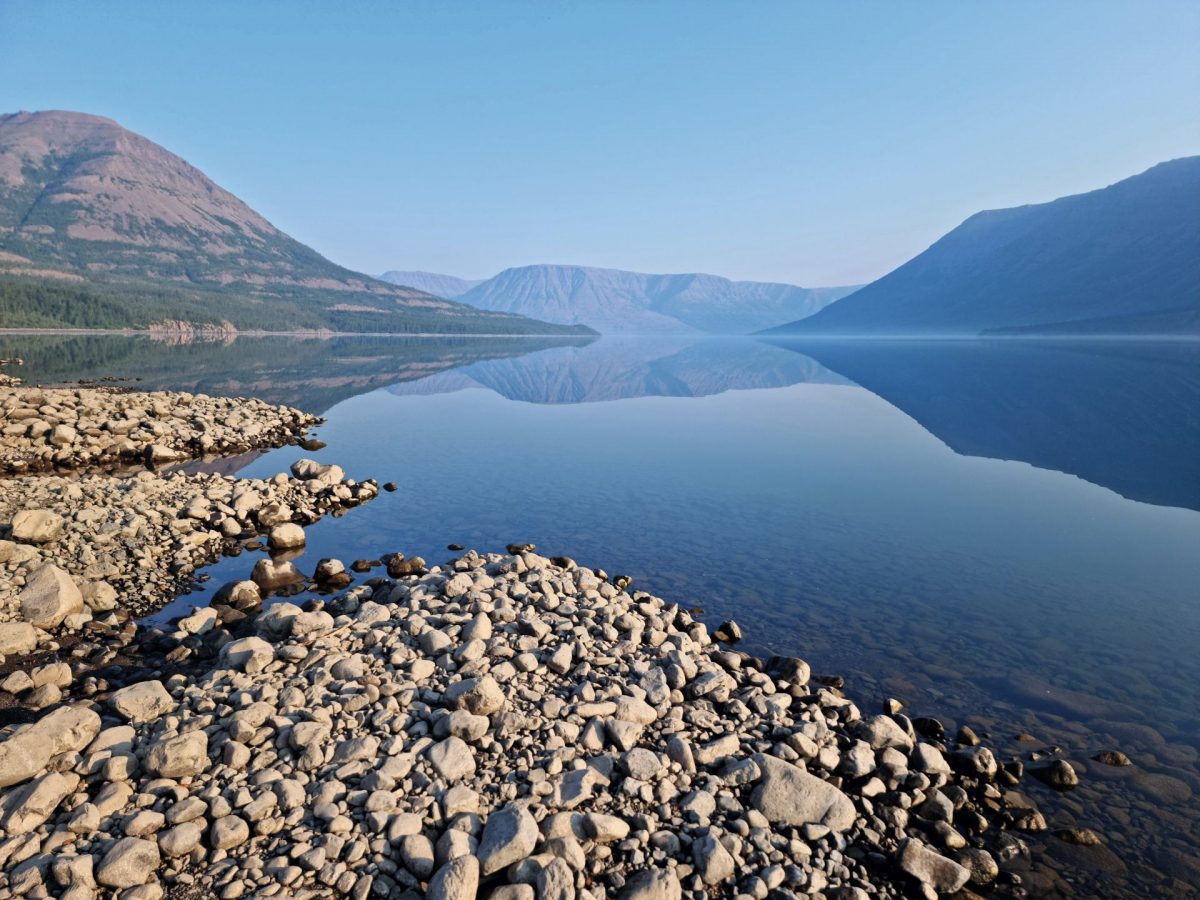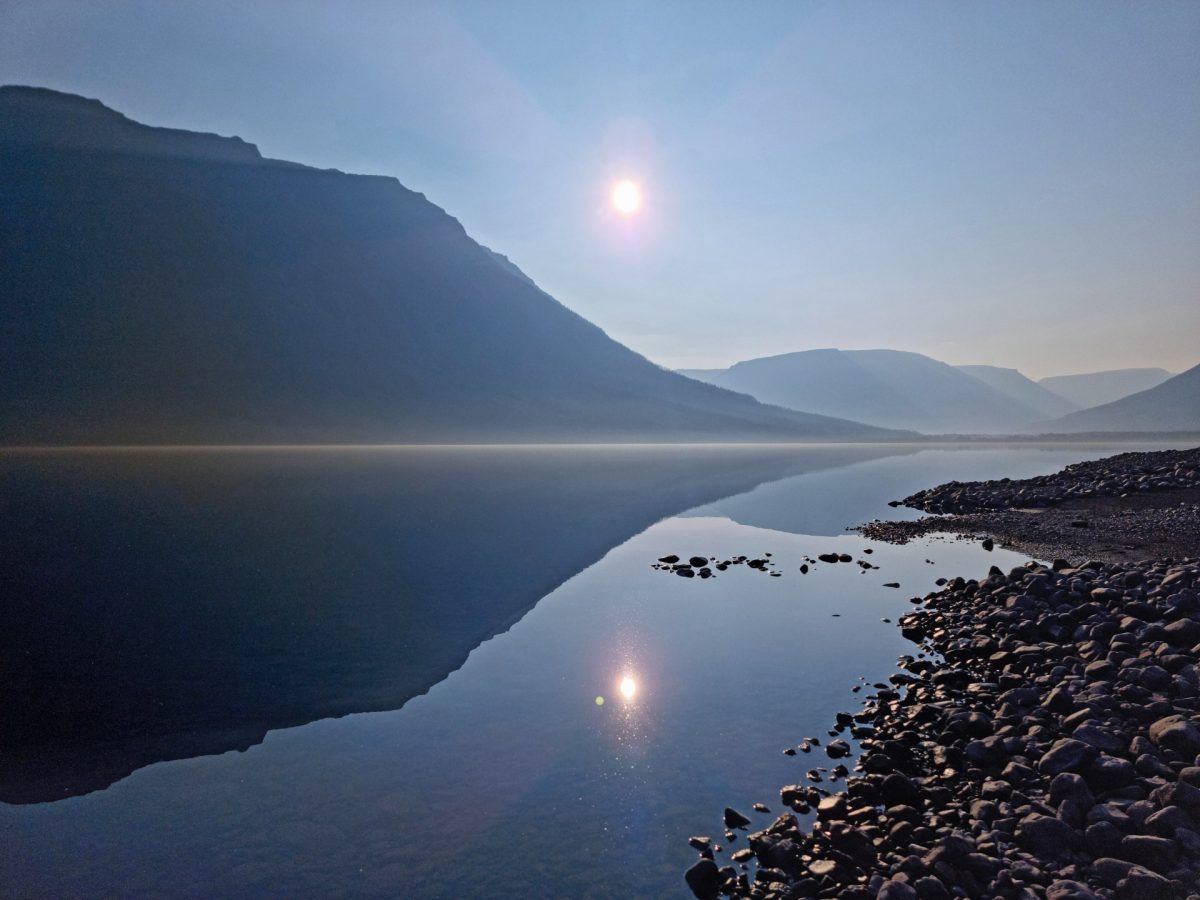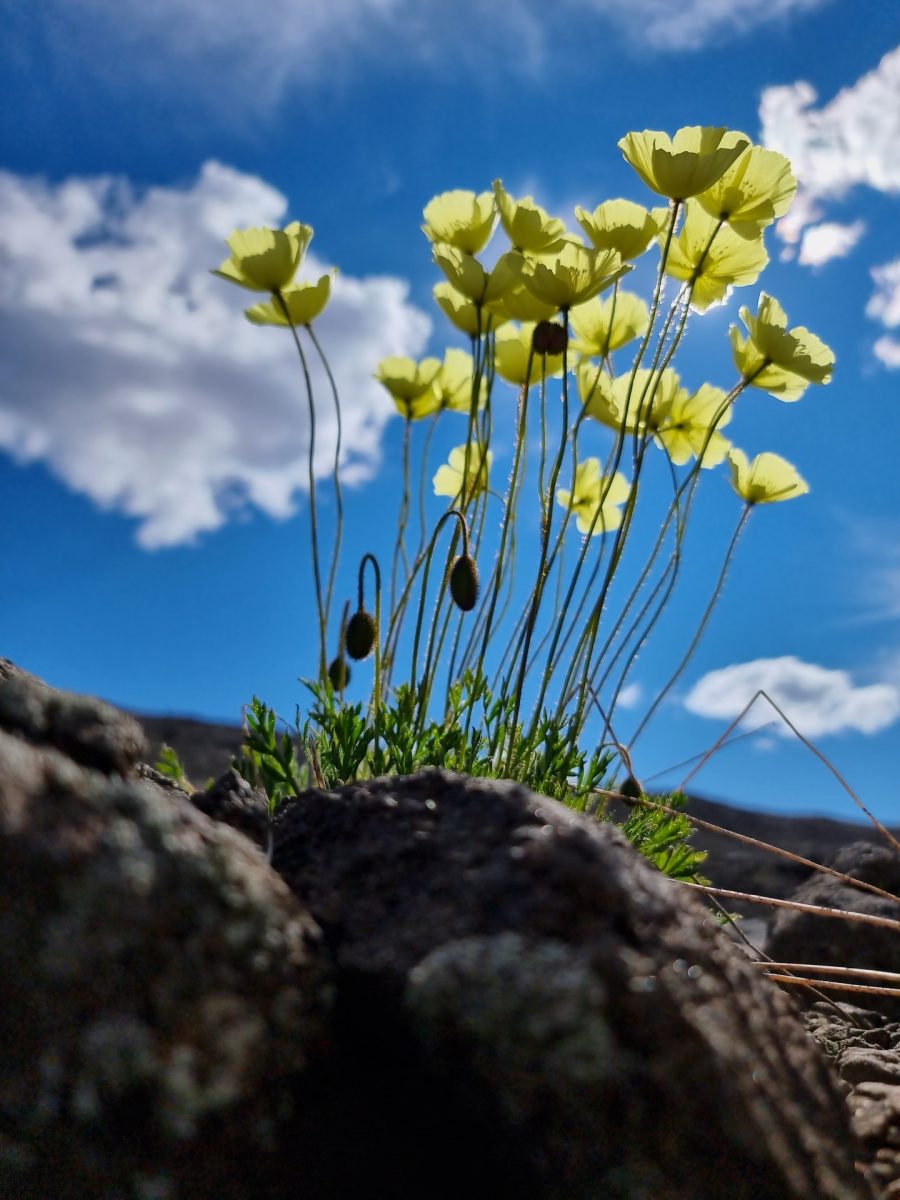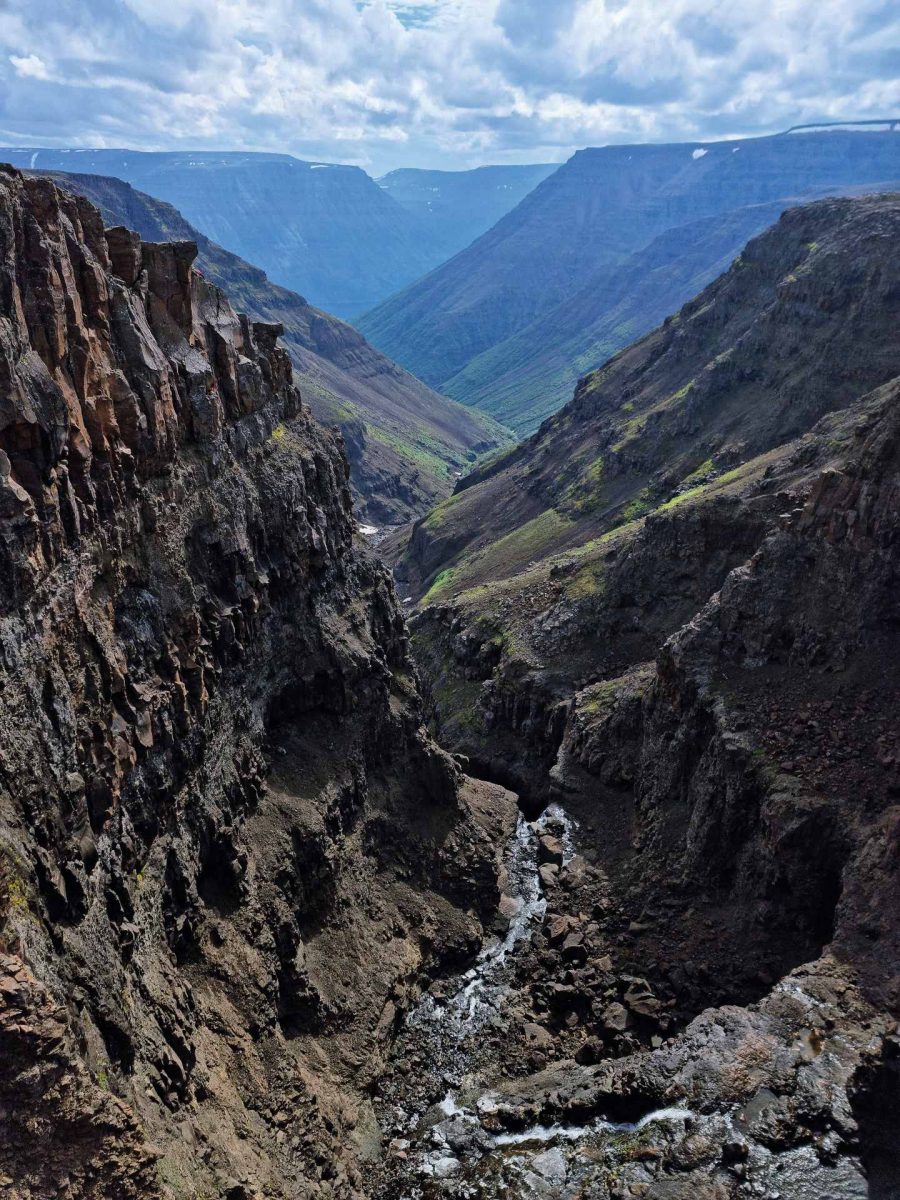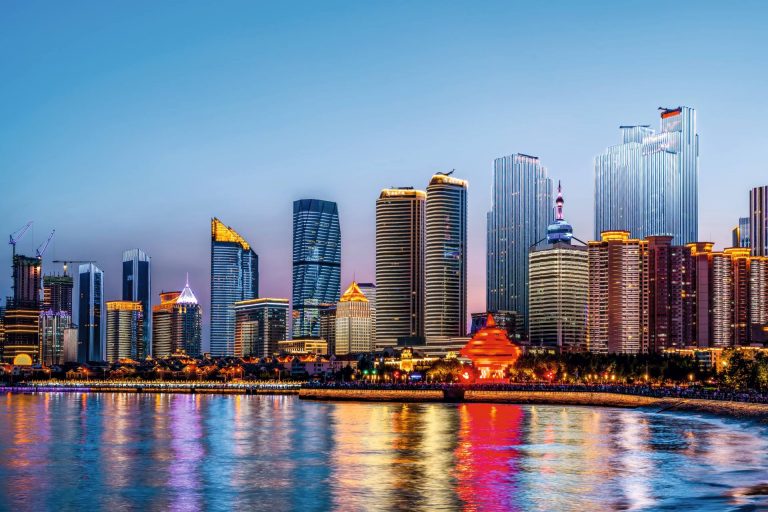The Volcanoes of Kamchatka? The Altai Mountains? Rybachy Peninsula? Nature lovers have thoroughly explored these beautiful destinations. The same can’t be said about the lost world of the Putorana Plateau — hurry up and see it!
It is believed that this mountain massif, with an area of over 250,000 sq. km, located in the Krasnoyarsk Territory — south of Taimyr, on the Central Siberian Plateau, already in the Arctic Circle — was formed about 12 million years ago during a massive earthquake. It was the turbulent lava flows that eventually formed the solid basalt “foundation” of the table mountains, and the rest was completed by relentless erosion, which over millions of years destroyed the pliable sedimentary rocks that covered it.
Putorana (translated from the Yukaghir language as “mountains without peaks”) is a classic trappean landscape. Trapps — from the Swedish word “trappa,” meaning “stairs”: low mountains (about one or one and a half kilometers) without peaks and craters that descend to rivers and lakes in smooth ledges. Due to the abundance of rainfall and characteristic topography, the plateau has the highest concentration of waterfalls in our country. No one can tell you their exact number, because all of them — including the 600-meter five-stage Talnikovsky, the highest in Russia — flow literally for just a couple of months, during the summer snowmelt. By September, the snow cover returns, so the season here is short — a couple of months at most, which, due to bad weather, thunderstorm fronts, and temperature fluctuations, can easily shrink to just a couple of weeks. Of course, visiting Putorana in winter is not prohibited, but it’s worth considering that the opportunities for exploring the plateau during this time of year are even more limited, and the weather is even more unpredictable. By the way, despite the regular seasonal migrations of reindeer across the plateau and bears living in the valleys (every guide here must carry not only a satellite phone for communication but also a signal flare, which best scares off these lumbering creatures), you won’t see much wildlife here — the only exceptions are birds and pikas, relatives of hares, that whistle merrily as you approach.

In general, even getting to the Putorana Plateau is no easy task. It’s no coincidence that Russia’s pole of inaccessibility is located here (the point furthest from any populated area). First, you need to fly to Norilsk, which is considered the northernmost city in the world with a population of more than 150,000 people and, due to the lack of roads connecting it to the mainland, is somewhat of an island. Then take a helicopter (half an hour) or a speedboat (3–4 hours) to reach the pristine Lake Lama. And here you already have several options. First, you can stay at one of the few recreation centers — preferably at the new Neralah Park Hotel with its gourmet restaurant serving dishes made from local fish, venison, and wild plants, complete with a bathhouse and numerous opportunities for outdoor activities (trekking, helicopter tours that help you dig much deeper into the “heart” of the plateau, water excursions, and kayaking). Second, you can arrange to be dropped off on one of the shores of Lake Lama, from where you can embark on a multi-day independent hike.
Such hiking routes are of increased difficulty — you have to proceed without any trail, crossing rivers (requiring high wading boots), climbing loose scree slopes, and carrying everything except water on your back (the weight of a backpack with tent and provisions can approach 30 kg). On one hand, such trips are limited to a maximum of a couple of weeks — fish in the lakes are difficult to catch, berries disappear along with the forest, and eventually even the freeze-dried food packets come to their logical end. But on the other hand, only by traversing at least part of this protected massif “on your own two feet,” capturing the morning and evening golden hours with your camera and falling asleep/waking up in a tent, do you gradually immerse yourself in its unique world — progressively ascending from valleys full of life with babbling rivers and flowery meadows to a lifeless rocky desert, whose silence is punctuated only by distant waterfalls and invisible streams murmuring beneath the stones. This is the Putorana Plateau that leaves an unforgettable impression, as many can attest.

Photo: Ivan Vasin
